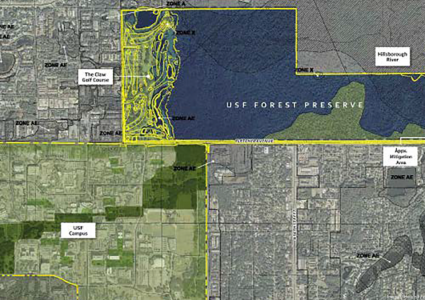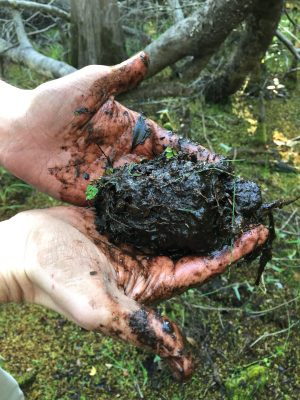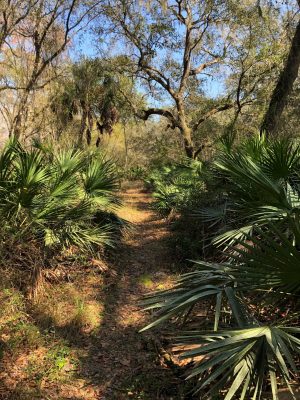Earlier this year, I came across the news that a beloved conservation area on the University of Florida’s campus was marked for development. The 2.9 acre McCarty Woods is adjacent to the building where wildlife ecology and forestry students attend classes. As an alumnus of the UF School of Forest Resources and Conservation, I was outraged. McCarty Woods was where I learned to identify plants, monitor wildlife behavior, and find respite between classes. Students, faculty, and alumni quickly mobilized, creating a petition to Save McCarty Woods that garnered over 10,000 signatures; they spoke to news outlets and lobbied University leadership. In March, they won the battle, and McCarty Woods was saved from development.
Fast forward a few months, there is an all-too-familiar call to action, this time coming from Tampa. At the beginning of April, the University of South Florida put out a Request for Information exploring the possibility of selling 769 acres of conservation land just north of its main campus. Again, students, faculty, and alumni mobilized to protect the area they used for classes, research, and recreation.

I met up with USF Environmental Science & Policy alumni, Hal Hopkins, who shared fond memories of hands-on labs out in the conservation area, monitoring plants, taking soil samples, and learning about different Florida ecosystems. Each semester, hundreds of students visit the northern property for a learning experience that would be unobtainable in a traditional classroom setting. Since the 1970s, research at the USF Forest Preserve has been highlighted in 70 peer-reviewed publications and more than 20 Ph.D. dissertations and M.S. theses. I reached out to Jessica Balerna, a Ph.D. candidate in the Integrative Biology Department, who is studying carbon storage in wetlands. She has discovered that the natural wetlands within the forest preserve are storing twice the amount of carbon than in constructed wetlands found on the campus, pointing to the importance of conserving natural habitats.


The USF Forest Preserve is made up of more than 600 acres of critical ecosystems that provide habitat for threatened wildlife. It contains some of the last remaining sandhill habitats in Tampa Bay. The majority of the Preserve is floodplain wetlands that help recharge the aquifer and filter pollution before entering the adjacent Hillsborough River. Balerna stated that losing these wetlands would be incredibly detrimental to water security in the region.
The USF Forest Preserve not only safeguards our future through the ecosystem services it provides, but it also offers a window to our past through several recorded Native American archaeological sites. Any disturbance of the land through development could potentially destroy precious archaeological sites.
In an area so starved for green space, we can’t afford to lose a treasure like the USF Forest Preserve. We urge all conservation voters to sign the petition to protect the USF Forest Preserve.
“There are so many reasons why USF should preserve this land. It’s used for graduate and undergraduate research, as a classroom for several classes from biology to archaeology, and it serves as a home for multiple native and endangered species” -Jessica Balerna, Ph.D. candidate in the Integrative Biology Department at USF


